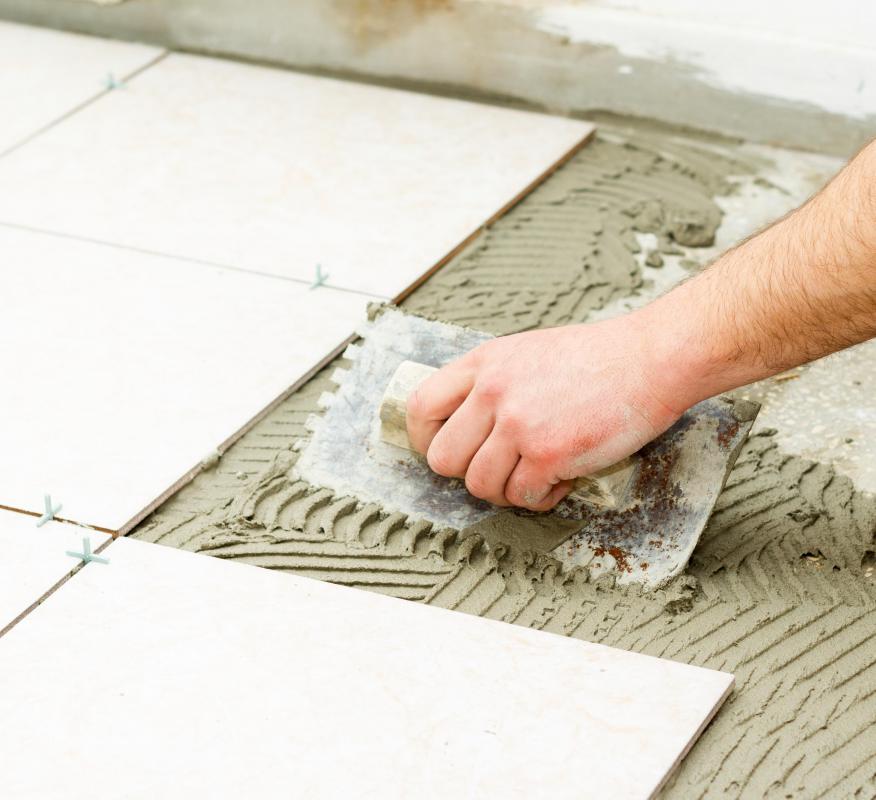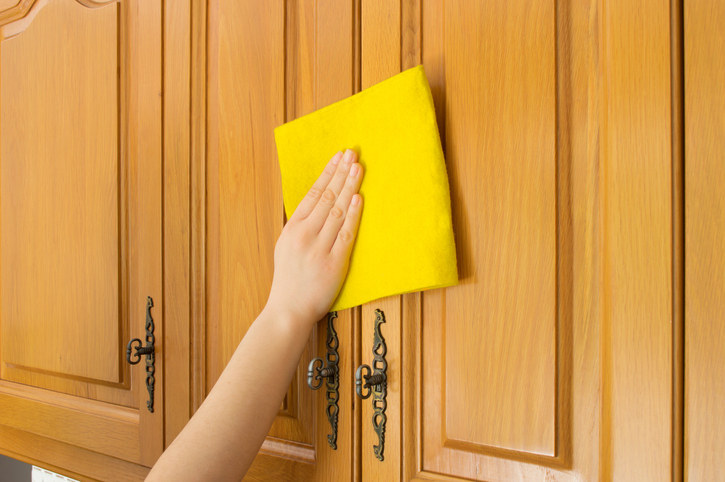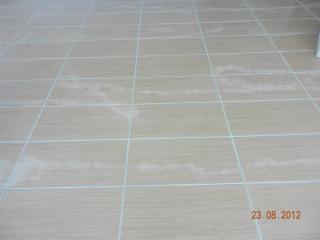Using bleach on tile floors can be effective for cleaning and disinfecting, but it requires careful consideration to avoid damage. Bleach is a powerful cleaner that can remove tough stains, kill bacteria, and brighten grout lines. However, it is highly corrosive and can harm certain types of tile, such as natural stone or colored grout. Porcelain and ceramic tiles are generally more resistant to bleach, but prolonged exposure can still cause discoloration or deterioration. Always test bleach on a small, inconspicuous area before applying it to the entire floor.
When using bleach on tile floors, proper dilution is crucial to minimize risks. Mixing one part bleach with ten parts water is a common recommendation for safe and effective cleaning. Avoid using full-strength bleach, as it can damage surfaces and create harmful fumes. Ensure the room is well-ventilated during cleaning to reduce inhalation risks. After applying the solution, rinse the floor thoroughly with clean water to remove any residue. This helps prevent long-term damage and ensures the floor is safe for foot traffic.
Bleach is particularly useful for tackling mold and mildew in grout lines, which are common in damp areas like bathrooms. Its disinfecting properties make it a popular choice for sanitizing tile floors in high-traffic or germ-prone areas. However, frequent use of bleach can weaken grout over time, leading to cracks or crumbling. To maintain grout integrity, consider alternating bleach with milder cleaners or using specialized grout cleaners designed for regular use. Sealing grout periodically can also provide added protection.
For households with children, pets, or individuals with sensitivities, bleach may not be the safest option. Its strong fumes and potential residue can pose health risks, especially in poorly ventilated spaces. Eco-friendly alternatives like vinegar, baking soda, or hydrogen peroxide can be effective for cleaning tile floors without the harsh effects of bleach. These options are gentler on surfaces and safer for indoor air quality, making them suitable for regular maintenance.
While bleach can be a useful tool for cleaning tile floors, it should be used sparingly and with caution. Understanding the type of tile and grout you have is essential to avoid damage. Proper dilution, ventilation, and rinsing are key to achieving clean, disinfected floors without compromising their longevity. For routine cleaning, consider gentler alternatives to preserve the beauty and integrity of your tile floors. By using bleach responsibly, you can maintain a clean and hygienic home environment.
What are the Different Types of Floor Tiles?
Adulting Tips For A Clean Home That Will Impress Your Parents
What are the advantages of tile floors over wood floors? – Quora
How to Clean Tile Floors
Serendipity Refined Blog: How to Choose Hard Surface Flooring
How to remove this stain from my tiles?
Related Posts:








